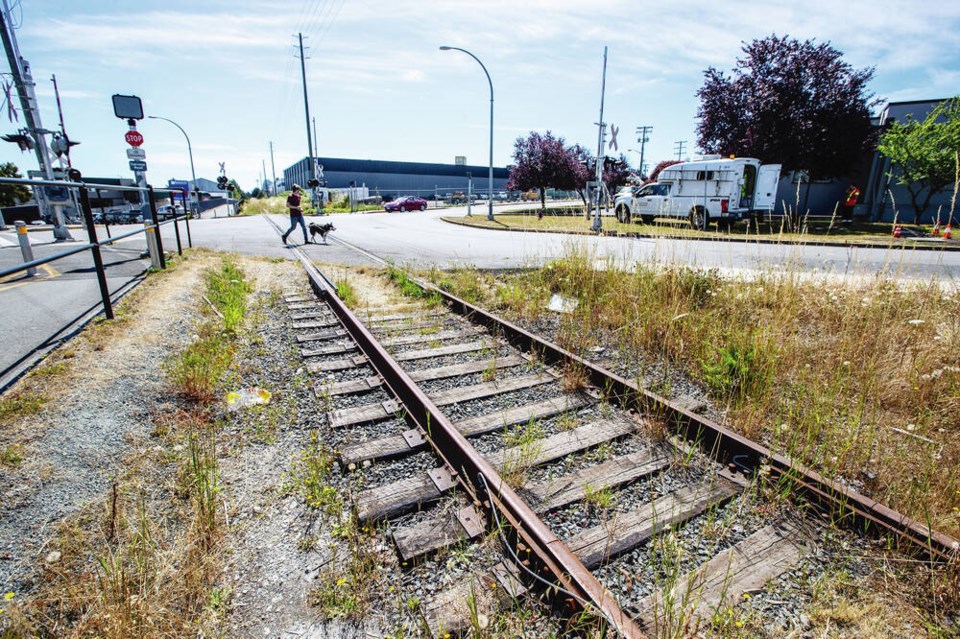Letter to the Times-Colonist
The decision in March by the federal and provincial governments to return a portion of the Island rail corridor lands to the Snaw-Naw-As First Nation is likely the decisive blow to the concept of rail returning to the E&N corridor.
This may finally precipitate some action regarding use of the corridor, which has sat idle since the train stopped running in 2011.
The dream of modern rail on this route never really made sense anyway. High cost, slow speed, low population density, too many road crossings, and the Victorian-era design of the railway were all limitations.
The priority should be to re-establish the corridor as an actively used transportation route. Yes, a bus route or even light rail on some sections of the corridor might be possible one day.
For now however, the simplest and most affordable use of the corridor is for multi-use trails, similar to the Galloping Goose and Lochside Trails.
This would establish the corridor as a public transportation route, rather than for residential or commercial development. The type of transportation on the corridor may change over time, as population grows and transportation technology evolves.
The E&N corridor bisects eight separate First Nation reserves between Victoria and Courtenay.
First Nations should be given the time to decide what to do with the sections of the corridor that run through their lands. For the rest of the corridor, the fundamental goal must be to firmly establish public active transportation as the primary use of the corridor.
This should be done as soon as possible.
Blaise Salmon
Former Cowichan Valley Regional District director and “member representative” to the Island Corridor Foundation from 2019 to 2022.
Shawnigan Lake

